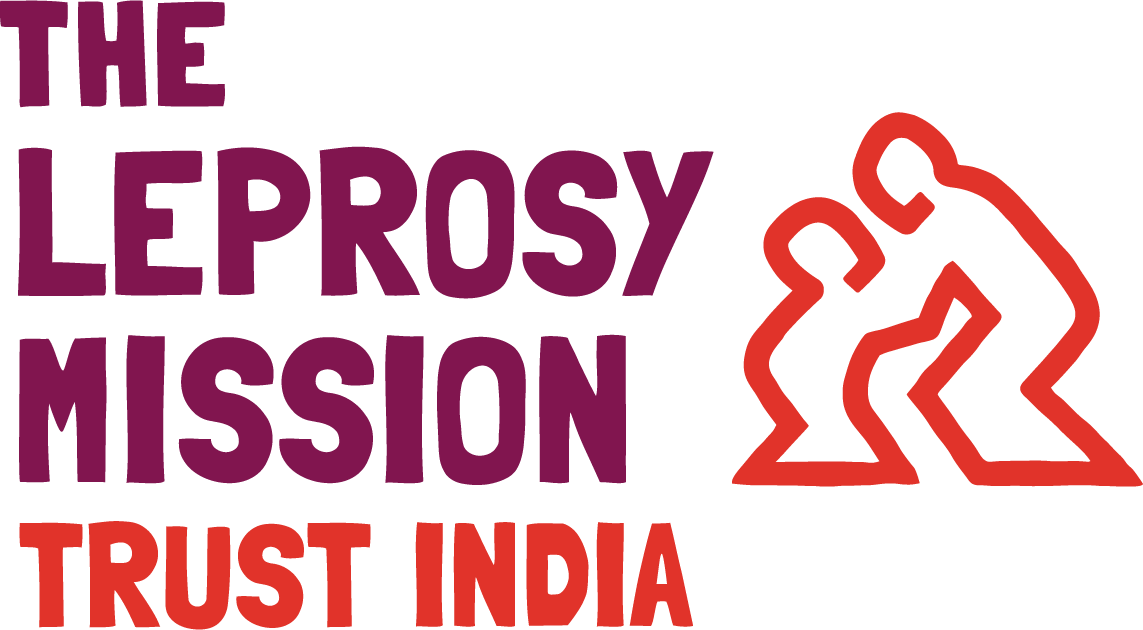A promising vaccine against leprosy – Govt of India plans large-scale field – Testing

On August 20, Mr Jagat Prakash Nadda, Hon’ble Minister of Health and Family Welfare, Government of India, announced at a function in Chennai that the government has decided to launch Mycobacterium indicus pranii (MIP), an exclusive vaccine for leprosy, developed in India, on a pilot basis in five districts of Bihar and Gujarat within a few weeks. Dr Soumya Swaminathan, director general of Indian Council of Medical Research, said MIP has the potential to bring down new cases of leprosy by 60% in three years.
This is a landmark decision as, if the large-scale field-based study proves to be successful, it would speed up the process of eliminating leprosy as a public health problem in India.
We were excited at the prospects of this vaccine capable of adding teeth to India’s war on leprosy, and met Dr Utpal Sengupta, former Director of National JALMA Institute for Leprosy and other Mycobacterial Diseases, and presently, the consultant at The Leprosy Mission Trust India’s (TLMTI) Stanley Browne Laboratory, to know more about this vaccine.
We spoke to Dr Sengupta in his office at TLMTI’s Shahdara Hospital premises. Below are some key edited excerpts:
On Developing a Vaccine for Leprosy
Leprosy has become a serious menace to health in developing countries. Since the early 1970s, there were significant efforts by researchers from all over the world to develop a vaccine against leprosy. They developed vaccines, like M. leprae, M. leprae + BCG, BCG, ICRC, M.w (later named Mycobacterium indicus pranii, or MIP) and M. vaccae. In laboratory tests, all these vaccines didn’t allow growth of M. leprae in mouse foot-pad. Several of these vaccines were tried in human trial and BCG, M.w and ICRC were able to protect from leprosy (60 to 80%).
On The Genesis of the Vaccine, Mycobacterium indicus pranii (MIP)
In the 1980s, Prof. G. P. Talwar, Founder-Director of National Institute of Immunology (an autonomous research institute under the Department of Biotechnology, Government of India) named a vaccine he developed, M.w. Later, in 2009, molecular taxonomic analysis (gene sequencing) revealed that this organism is a separate species and named it, Mycobacterium indicus pranii (MIP). MIP is a rapidly growing non-pathogenic mycobacterium. When administered intradermally, it increases cell-mediated immunity in the host.
On the Efficacy of MIP Vaccine
Extensive field tests were done to find out the efficacy of MIP. In 2005, large-scale field trials were conducted at Ghatampur Dehat, Kanpur, Uttar Pradesh, where 24,000 people who had close contact with people affected by leprosy were vaccinated with MIP. The protective power of MIP was encouraging: 68.6% were protected till four years, and 59% were protected till eight years. Thus it was found that the vaccine was effective for 7-8 years, and after that, a booster dose was needed to maintain immunity.
On Naming the Vaccine Mycobacterium Indicus Pranii (MIP)
The vaccine originally called Mycobacterium w (M.w) was later renamed Mycobacterium indicus pranii. In this name, mycobacterium stands for a genus of gram-positive, aerobic, acid-fast bacteria, occurring as slightly curved or straight rods; indicus stands for India, where the bacterial species was isolated; and pranii stands for the person who discovered the species (Prof. Pran Talwar) and National Institute of Immunology (nii), where trials were conducted (pran + nii).
On National and International Recognition of the Vaccine
MIP has received approval from the Central Drugs Standard Control Organisation, the national regulatory body under the Ministry of Health and Family Welfare, Government of India, and the U.S. Food and Drug Administration (FDA), as a vaccine against leprosy.
On the Present Decision to Use the Vaccine MIP for Large-Scale Field Study
India couldn’t eliminate leprosy as a public health problem (prevalence level of one case in a population of 10,000) so far, and the new case detection has plateaued over the past five years. Leprosy appears to have dropped off the radar of the government. But the new government, under Prime Minister Shri Narendra Modi, took this issue seriously and acted on war-footing to bring down leprosy incidence in the country. The government’s aim is to eliminate leprosy as a public health problem by 2020. With this aim, National Leprosy Eradication Programme (NLEP) of the Central Leprosy Division, under Ministry of Health and Family Welfare, Government of India, started a new initiative – Leprosy Case Detection Campaign (LCDC) – this year, aiming at one hundred percent detection of leprosy cases and treatment of all detected cases in the community, which will lead to depletion of source of infection. Talwar Research Foundation, where Prof. G.P. Talwar is presently the Director – Research, proposed to the government that MIP may be used to vaccinate contacts of leprosy patients to immunise them, and MIP, along with MDT, may be used for the treatment of leprosy patients. Indian Council of Medical Research and the Ministry of Health, Government of India, along with representatives of ILEP (International Federation of Anti-leprosy Associations), accepted this proposal only for its use for vaccination of contacts (and not for treatment of leprosy patients). Dr Anil Kumar, Deputy Director General (Leprosy), played a key role in reviving this vaccine (which had proved its efficacy as early as 2005) for large-scale field study.
On Vaccinating Contacts of Leprosy Patients in Large-Scale Field Study, Under LCDC
In phase-1 of LCDC, over 7.5 crore people in 50 high prevalence districts were screened. About 65,000 suspected leprosy cases were detected; of them, 5,000 were confirmed leprosy cases; they are being treated with MDT. Phase-II of LCDC, which will start this month (September), will cover 163 districts in 20 states. Out of this, five districts in Bihar and Gujarat have been chosen for mass field-testing of the vaccine. For the study, contacts (people who live with the leprosy patient and relatives who have stayed with the patient for over one month within the past one year) will be selected. They will be divided into three groups of 20 each. One group will be given a single dose of the antibiotic, Rifampicin; the second group will be given a single dose of Rifampicin, along with the vaccine; and the third group will be given only the vaccine.
On Future Action Based on the Outcome of the Present Large-Scale Field Study
Two booster doses will be given after the vaccination – one after two years and another after five years. After that, surveys will be done to find out – through clinical diagnosis – how many contacts are infected with leprosy. If the vaccination is successful, it will be used across the country for mass immunisation. In past trials, MIP had 60% success rate, and hence, we feel MIP will be proved as a vaccine fit for universal vaccination against leprosy.
On the Mode of Administering the Vaccine for Large-Scale Field Study
The vaccine is administered through intradermal injection (like, BCG vaccination). The quantity of the vaccine is 0.1 ml. It is divided into two equal doses and given on both arms. Booster doses will be given to maintain the immunity level. Booster doses are injected only on one arm.
On MIP’s Role in Eliminating Leprosy as a Public Health Problem in India
If the vaccine proves to be a success, and the government steps up its war on leprosy, within 10-15 years, we can eliminate leprosy as a public health problem in India.
On Eradication of Leprosy from the Country
If the vaccine is a success, we may succeed in immunising all who are vulnerable to leprosy; but there are other issues we should address before we think of eradication. Unless we improve the living condition, health and hygiene of our people, we cannot eradicate leprosy. No doubt, the vaccine will reduce the leprosy burden and increase the immunity of children (they are more vulnerable due to their natural low immunity). We have to do a lot for eradicating leprosy.
On TLMTI’s Role in Large-Scale Field Study of MIP
TLMTI has great leprosy expertise as we are working with people affected by leprosy for over 140 years. TLMTI is Government of India’s knowledge partner in the field of leprosy. After the government started LCDC this year, we are working with the Central Leprosy Division as an expert in developing manuals and protocols for vaccination. We also attended the meeting where, among others, Health Secretary, Government of India, and Director General of Indian Council of Medical Research, attended. It was in this meeting that the government decided to use MIP as a vaccine against leprosy.
On MIP’s Role in Treating Leprosy Patients
MIP has proved its potential in increasing immunity. But the Government has not accepted MIP as part of leprosy treatment regimen. Cadilla Pharma India manufactures MIP under the brand name, IMMUVAC, and markets it as an immunomodulator injection. Dermatologists doing private practice use this for treating leprosy patients.
– Interviewed, transcribed and edited by Jacob Oommen, Communication Hub


